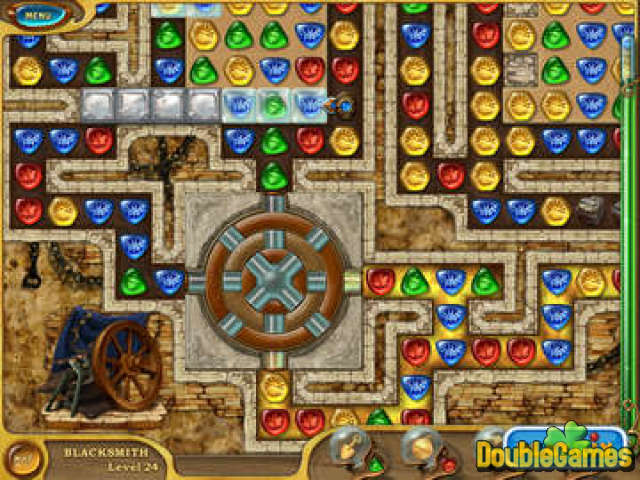
- 4 elements ii special edition level 64 manual#
- 4 elements ii special edition level 64 code#
- 4 elements ii special edition level 64 series#
The second and third arguments are both optional, defaulting to the element type and dimensions of A if omitted.Īn array with the same binary data as A, but with element type TĪn Array with random, iid and uniformly distributed values. FunctionĪn array containing the same data as A, but with different dimensionsĪn uninitialized array of the same type as A (dense, sparse, etc.), but with the specified element type and dimensions. If the type T is omitted it will default to Float64. Most of these functions also accept a first input T, which is the element type of the array.
4 elements ii special edition level 64 series#
argument can either take a single tuple of dimension sizes or a series of dimension sizes passed as a variable number of arguments. In the following list of such functions, calls with a dims. Many functions for constructing and initializing arrays are provided. The stride (linear index distance between adjacent elements) along dimension k

Basic Functions FunctionĪ tuple containing the valid indices of AĪ range expressing the valid indices along dimension nĪn efficient iterator for visiting each position in A Many non-mutating functions are implemented by calling a function of the same name with an added ! at the end on an explicit copy of the input, and returning that copy.

Callees must make explicit copies to ensure that they don't modify inputs that they don't intend to change. By convention, a function name ending with a ! indicates that it will mutate or destroy the value of one or more of its arguments (compare, for example, sort and sort!). Some technical computing languages pass arrays by value, and while this prevents accidental modification by callees of a value in the caller, it makes avoiding unwanted copying of arrays difficult. In Julia, all arguments to functions are passed by sharing (i.e.
4 elements ii special edition level 64 code#
Julia's compiler uses type inference and generates optimized code for scalar array indexing, allowing programs to be written in a style that is convenient and readable, without sacrificing performance, and using less memory at times. In general, unlike many other technical computing languages, Julia does not expect programs to be written in a vectorized style for performance. For most computational purposes, arrays should contain objects of a more specific type, such as Float64 or Int32. In the most general case, an array may contain objects of type Any. Zero-dimensional arrays are allowed, see this FAQ entry.
4 elements ii special edition level 64 manual#
See the manual section on the AbstractArray interface for more details on implementing a custom array type.Īn array is a collection of objects stored in a multi-dimensional grid. As such, it's also possible to define custom array types by inheriting from AbstractArray. The array library is implemented almost completely in Julia itself, and derives its performance from the compiler, just like any other code written in Julia. Julia does not treat arrays in any special way. Most technical computing languages pay a lot of attention to their array implementation at the expense of other containers. Julia, like most technical computing languages, provides a first-class array implementation. Edit on GitHub Single- and multi-dimensional Arrays




 0 kommentar(er)
0 kommentar(er)
